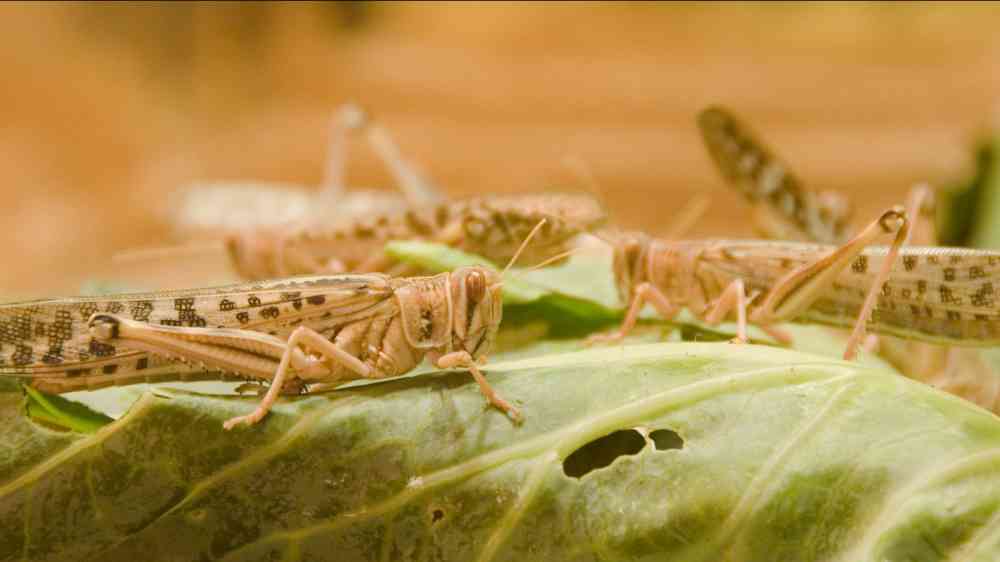Integrating Virtual Reality technology in locust survey for sustainable locust control and management

The Food and Agriculture Organization of the United Nations, in collaboration with Georgia State University, is developing a novel training approach using Virtual Reality (VR) to teach teams about locust surveys and controls during breeding and invasion.
The platform will create an immersive environment where locust officers and trainees will get to interact with locusts in a virtual classroom.
“We are actively working to educate more people about Desert Locust. There is a high demand among officers to learn about conducting locust surveys and control, with some teams needing a refresher on the procedures. With the help of VR technology, training for both groups will expand, leading to more people being informed about locust surveys and controls in the countries,” said Keith Cressman, Senior Locust Forecasting Officer at FAO.
How the VR in locust training works
The users train in a locust-related environment virtually using VR headsets consisting of a head-mounted display with a small screen in front of the eyes and a motion controller.
This training is designed to be independent of locust presence, enabling member countries to regularly update locust specialists on identification and mitigation techniques.
Each person can access the platform from wherever they are without the need for the internet. The goal of this approach is to keep locust specialists up to date and skilled in dealing with locust-related challenges.
Innovations in locust control and management
FAO has developed several innovative technologies that are being deployed in early warning and locust control such as eLocust3m, drones for survey operations, swarm migration trajectory, and geographical information and pesticide management systems.
These technologies are used to provide real-time information and monitoring, contributing towards sustainable locust management strategies
The purpose of the management strategies is to mitigate the severe economic losses caused by upsurges, which have detrimental effects on both national economies and livelihoods.
According to FAO, Desert Locust upsurges or plagues can affect one-tenth of the world's population in up to 60 countries. In the Caucasus and Central Asia, locusts can affect the livelihood of over 25 million people.